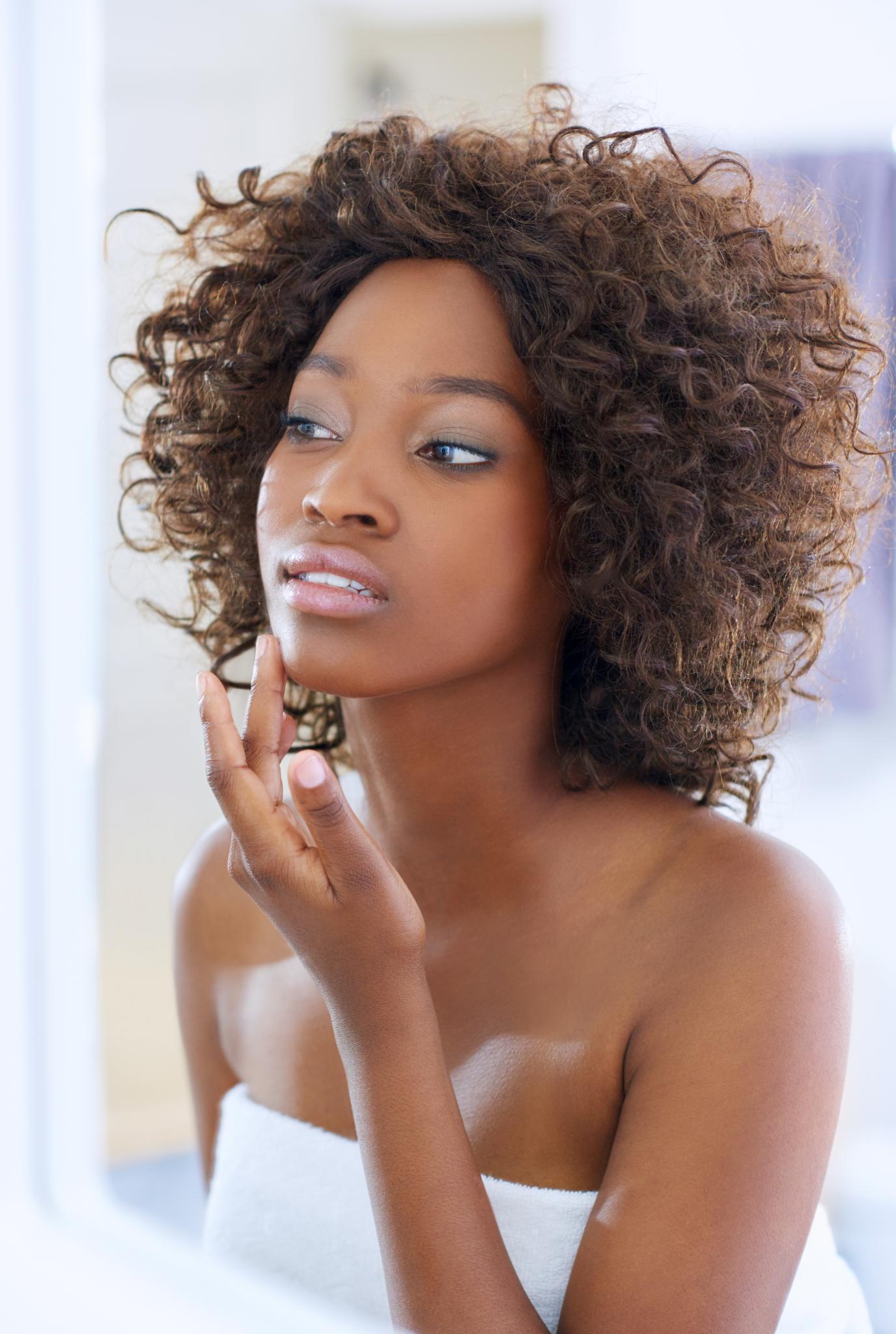
It’s a rare occasion that “intrauterine device” (IUD) and beauty are used in the same sentence, though it is not uncommon for women to use birth control to treat acne. However, one beauty blogger has spoken out recently about her experience with cystic acne as a result of using the Mirena IUD, a birth control device that lasts for five years.
YouTube personality and beauty guru, Carly Humbart, began experiencing cystic acne after using and IUD as her preferred method of birth control. Shortly after insertion, her skin began to breakout in painful red blemishes that soon overtook her once clear skin. In her video Humbart describes feeling emotionally unbalanced and the they way in which her skin condition worsened with prolonged use of the IUD. She later sites that hormones were the cause of her acne. A consultation with her dermatologist confirmed that her acne was hormonal and caused by the IUD. Her doctor prescribed a medication to calm her hormonal imbalance and later prescribed 80 mL of Actutane per day for a period of six months, which she sites as the cure for her cystic acne, though she describes the drug as “harsh” and has some unwanted side.
According to Allure, gynecologists and dermatologists agree that the Mirena IUD “can cause acne, but add that Humbart’s case is rare.” If you are attracted to the proposed ease of using an IUD as a form of birth control, Dr. Joshua Zeichner, dermatologist and director of cosmetic and clinical research in dermatology at Mount Sinai Hospital, recommends copper IUD stating, “I don’t recommend homone-eluding IUDs in general to womn who are acne-prone, because some of those IUDs may cause breakouts in predisposed people by stimulating oil production.”
Case in point? If you are acne prone and considering starting or altering your method of birth control, make an appointment with your dermatologist first to choose the safest and most effective method for you.